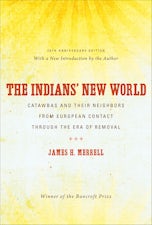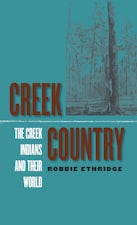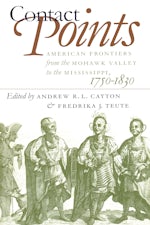The Worlds the Shawnees Made
Migration and Violence in Early America
By Stephen Warren
320 pp., 6.125 x 9.25, 10 halftones, 5 maps, notes, bibl., index
-
Paperback ISBN: 978-1-4696-2727-4
Published: February 2016 -
E-book EPUB ISBN: 978-1-4696-1174-7
Published: January 2014 -
E-book PDF ISBN: 979-8-8908-8400-8
Published: January 2014
Buy this Book
- Paperback $32.50
- E-Book $19.99
- Audiobook
For Professors:
Free E-Exam Copies
Awards & distinctions
A 2015 Choice Outstanding Academic Title
Warren's deft analysis makes clear that Shawnees were not anomalous among Native peoples east of the Mississippi. Through migration, they and their neighbors adapted to disease, warfare, and dislocation by interacting with colonizers as slavers, mercenaries, guides, and traders. These adaptations enabled them to preserve their cultural identities and resist coalescence without forsaking their linguistic and religious traditions.
About the Author
Stephen Warren is associate professor of history and American Studies at the University of Iowa and was a historian for the PBS documentary "We Shall Remain," which aired in 2009.
For more information about Stephen Warren, visit
the
Author
Page.
Reviews
“Warren’s impressive study provides an articulate and thought-provoking examination of a complex topic.”--Journal of American History
"Merits high praise and wide readership."--Jrnl of Southern History
“The most comprehensive history to date of the Shawnee people from their ancestral ‘Fort Ancient’ cultural origins to the eve of the Seven Years’ War in 1754. Essential. All levels/libraries.”--Choice
“Warren explores the history of a tribe that had no long-standing ties to a native land but formed its identity through migration and adaptation to borderlands formed by the arrival of Europeans and the dislocations of native peoples.”--Missouri Historical Review
“Warren offers a welcome addition to the growing literature on the Native peoples of the Midwest and their adaptions in the face of colonialism.”--Annals of Iowa
“Fine research and writing that has opened our view into such disparate and complicated worlds.”--Indiana Magazine of History




